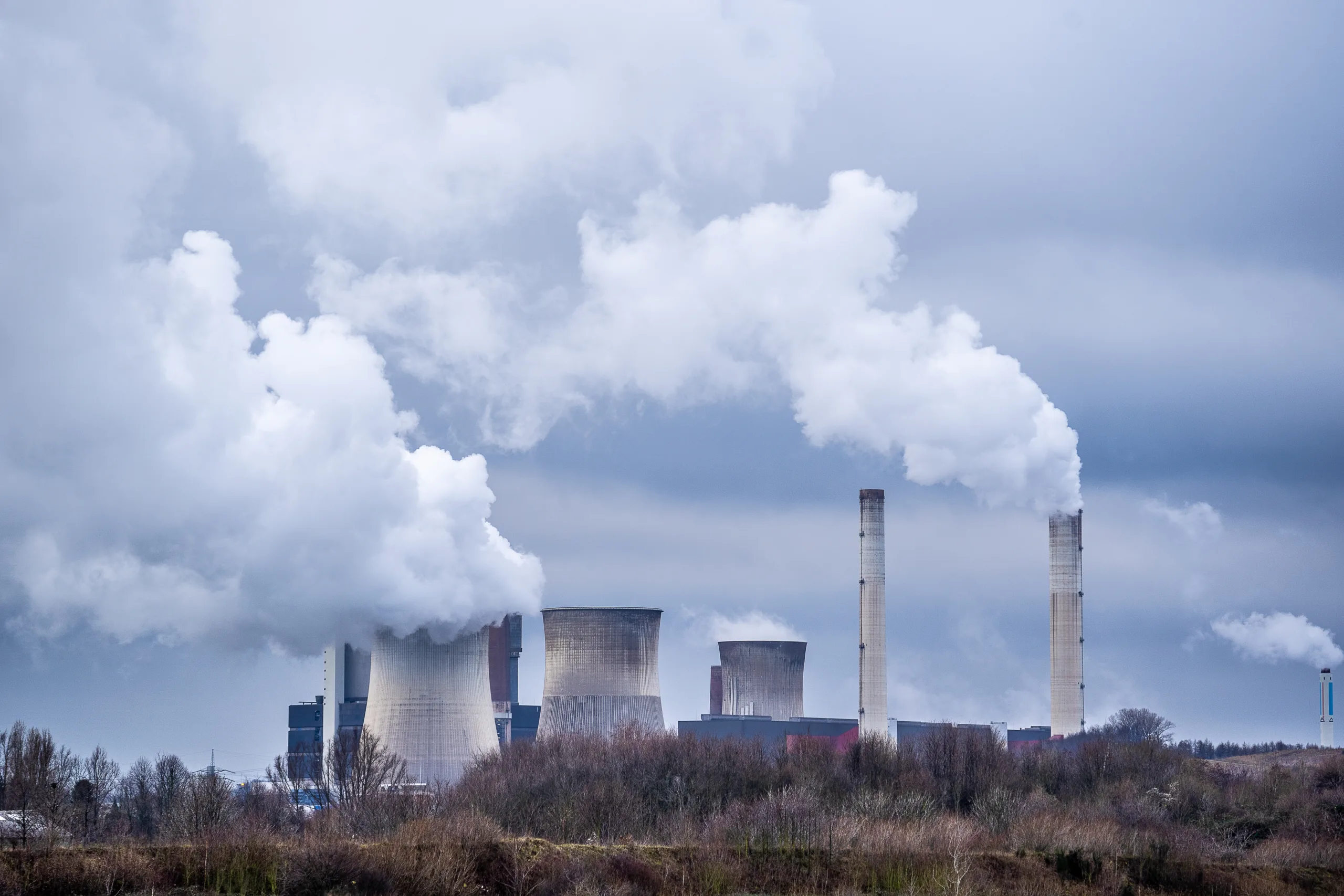Air pollution is a silent menace that affects us all, but its consequences are not equally distributed across the world. While it remains the greatest external risk to human health globally, its impact on life expectancy is heavily concentrated in just six countries: Bangladesh, India, Pakistan, China, Nigeria, and Indonesia. However, it’s not just a matter of risk; it’s also about the tools available to combat it. In this article, we’ll explore the unequal distribution of air pollution’s threat to health and the opportunities to fight it.
The Global Air Quality Crisis
In 2021, global pollution levels rose, exacerbating the burden on human health. Data from the Air Quality Life Index (AQLI) reveal a stark reality: if the world could permanently reduce fine particulate pollution (PM2.5) to meet the World Health Organization’s (WHO) guidelines, each person on Earth would gain an average of 2.3 years of life expectancy. This equates to a staggering 17.8 billion life-years saved worldwide. To put this in perspective, the impact of particulate pollution on life expectancy is more than three times that of smoking, over three times that of alcohol use and unsafe water, and more than five times that of transport injuries.
The Inequality of Air Pollution
The air pollution challenge is far from equal across the globe. Approximately three-quarters of air pollution’s impact on global life expectancy occurs in the six aforementioned countries, where people lose anywhere from one to over six years of their lives due to the polluted air they breathe. It’s clear that these countries are disproportionately affected, and their populations face a pressing health crisis.
What makes this problem even more challenging is the lack of basic air pollution infrastructure in many polluted regions, particularly in Asia and Africa. These continents account for 92.7% of life years lost due to pollution, yet only 6.8% (Asia) and 3.7% (Africa) of governments provide their citizens with fully open-air quality data. Additionally, just 35.6% (Asia) and 4.9% (Africa) of countries have air quality standards – a fundamental requirement for effective policies.
Funding Disparities
The imbalance extends to funding as well. While there are substantial global funds for diseases like HIV/AIDS, malaria, and tuberculosis, there is no equivalent coordinated effort to combat air pollution. For example, Africa receives less than $300,000 in philanthropic funds for air pollution – an amount equivalent to the average price of a single-family home in the United States. Asia, excluding China and India, receives just $1.4 million. In contrast, Europe, the United States, and Canada receive $34 million.
The Impact on Regions
Now, let’s take a closer look at how different regions are grappling with air pollution:
South Asia: With four of the most polluted countries globally, South Asia bears a significant burden. Residents in Bangladesh, India, Nepal, and Pakistan are expected to lose around five years of life on average due to high pollution levels.
China: Despite making remarkable progress in reducing pollution since launching its “war against pollution,” China’s air quality still lags behind WHO guidelines, costing citizens 2.5 years of life expectancy on average.
Southeast Asia: Nearly all of Southeast Asia faces unsafe pollution levels, with some regions experiencing a 25% increase in pollution in a single year. The most affected areas see residents losing 2 to 3 years of life expectancy.
Central and West Africa: Often overshadowed by Asian countries in discussions about air pollution, the Democratic Republic of Congo, Rwanda, Burundi, and the Republic of Congo are among the world’s ten most polluted countries. In the worst-affected areas, pollution levels are a staggering 12 times higher than the WHO guideline.
Latin America: While overall air quality in Latin America is relatively better, some regions in countries like Guatemala, Bolivia, and Peru experience pollution levels comparable to hotspots in India and China. Residents in these areas could gain 3 to 4.4 years of life expectancy with improved air quality.
United States: Despite significant improvements since the Clean Air Act, 96% of the United States still falls short of the WHO’s new guidelines. Recent efforts to further reduce pollution could add 3.2 million life years.
Middle East: The Middle East, including countries like Saudi Arabia, Iraq, and Egypt, faces severe air pollution issues. These problems are fueled by industrial emissions, particularly from oil refineries, desert dust storms, and a high density of vehicles per capita. The health consequences are alarming, with an estimated 270,000 premature deaths annually due to air pollution in the region.
Europe: European residents have benefited from a 23.5% reduction in pollution since 1998, gaining 4.5 months of life expectancy. However, 98.4% of Europe still doesn’t meet WHO standards, highlighting the need for continued efforts.
Conclusion
Air pollution remains a formidable global challenge, with its impact on health disproportionately affecting certain regions. While some countries have made impressive strides in tackling pollution, many others lack the necessary tools and infrastructure. Recognizing these disparities is the first step toward addressing this critical issue. As individuals, communities, and nations, we must work together to combat air pollution and ensure a healthier, longer life for everyone on our planet.



















